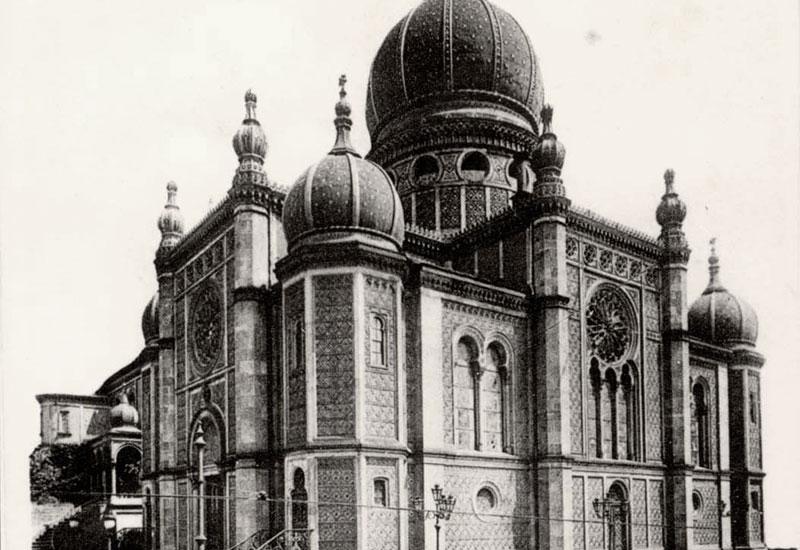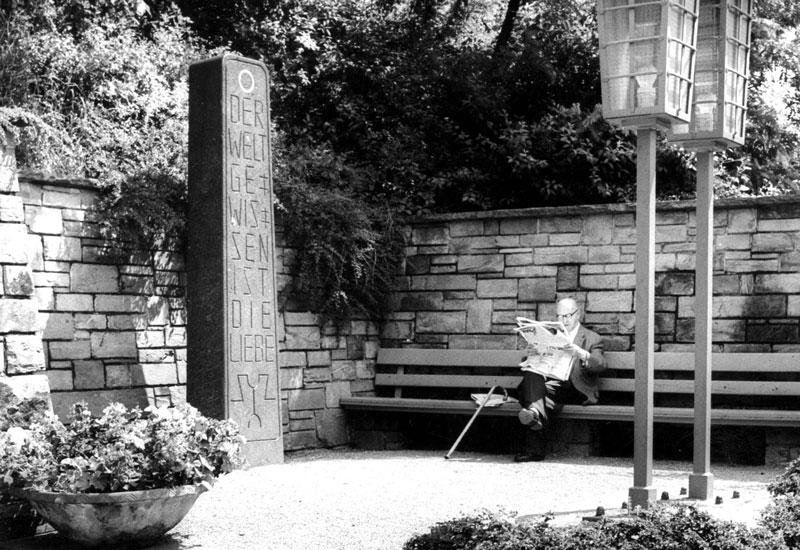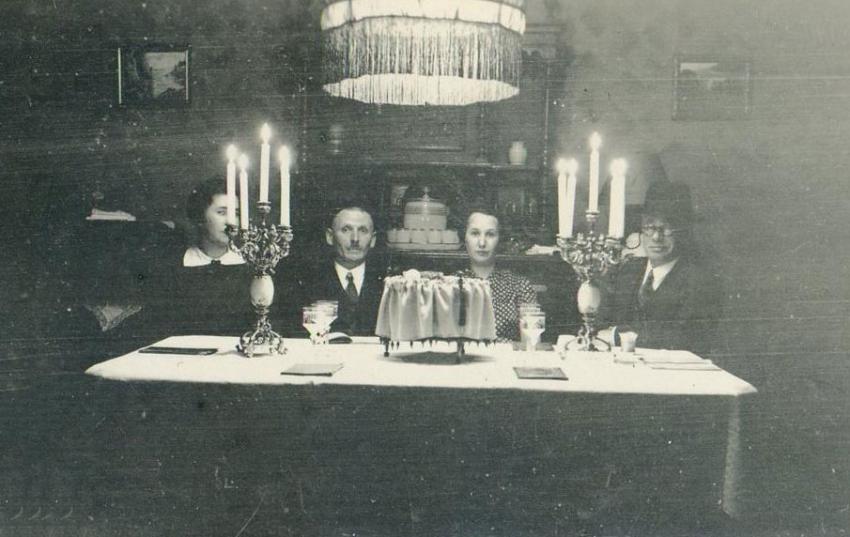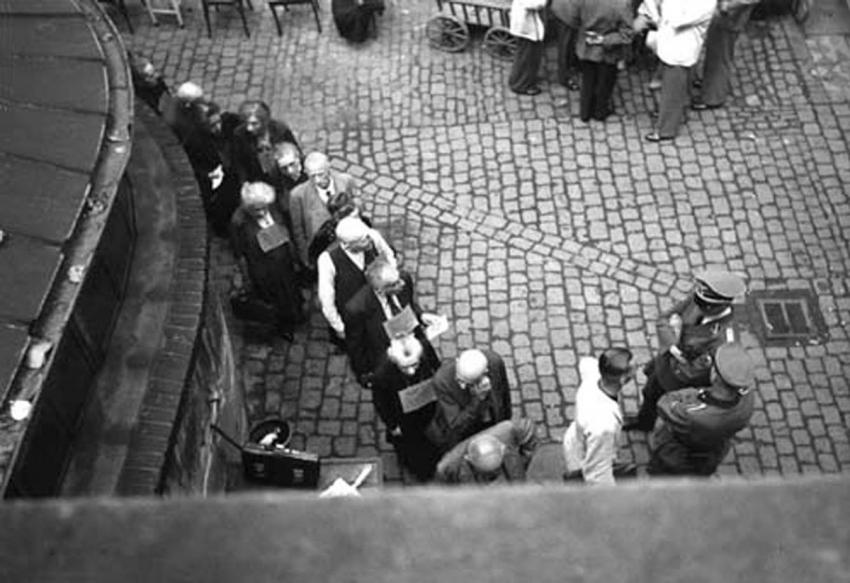The city of Wiesbaden, capital of the federal state of Hessen in central Germany, has been known for its thermal springs since the Roman period. Jews began settling in the city during the 17th century, due to their work in the thermal spring bathing business. With time, the Jewish community in the city developed, and in the 19th century most of the city’s Jews adopted a reformed version of Judaism. During this period the Jewish community in the city split, and the Orthodox Jews established their own separate community.
In the interwar period Wiesbaden was home to many Jewish educational institutions, among them Zionist organizations as well as medical and social welfare associations. In addition, the Jews of Wiesbaden were active participants in the economic, cultural and sporting life of the city.
When the Nazis came to power in Germany, there were 2,700 Jews living in Wiesbaden. During the Nazi regime, the Jews of Wiesbaden continued their educational activities – both general education and Jewish education – as well as their cultural activities, this despite the restrictions imposed upon them by the authorities. The Jews of Wiesbaden responded to the rise of Nazism by increasing the aid provided by the community for Jews who had lost their positions or their businesses, and providing care for the needy, the sick and the elderly. Moreover, counseling services were provided for Jews who sought to leave Germany.
During the November Pogrom ("Kristallnacht") the synagogues of Wiesbaden were destroyed, hundreds of the city’s Jews were arrested and dozens were murdered. At the beginning of World War II, the Jews of Wiesbaden were crowded into “Jewish Houses” in the city. In the spring of 1942 Jews were ordered to mark their doorways with a yellow Star of David, and by June 1942 nearly all of them had been deported to the extermination camps in Poland.










